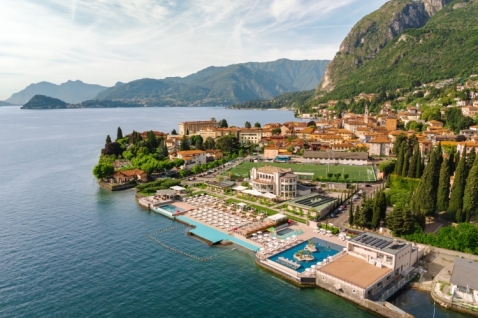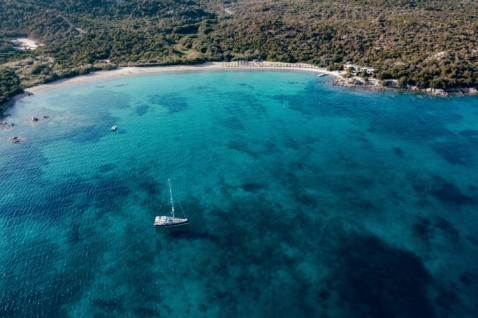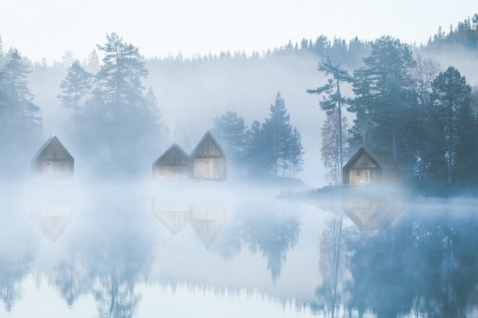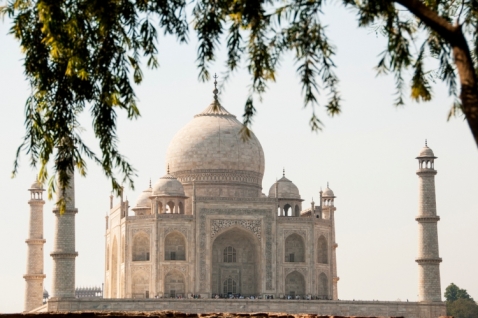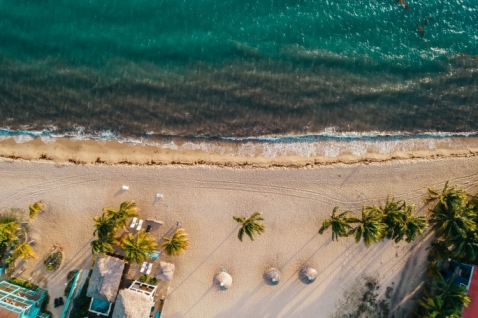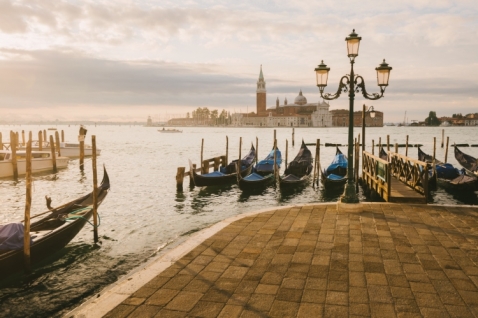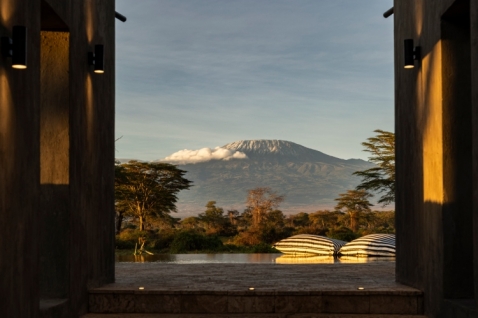Photo: Pexels

When speaking of coffee, people mostly discuss recipes, tastes, and preferences. The variety of coffee types is a topic for more “advanced” coffee drinkers. Real aesthetes will argue with each other about the best beans for cappuccino but not about their experience when they decided to pay to write essay. But when it comes to the history of coffee, only a few will know how their favorite drink became world-famous.
And the chosen ones might want to breathe in the history of coffee right in the places where their drink is born year after year. They travel to coffee plantations. What countries will be the best to visit in that case? To answer the question, we should dive into the history and geography of the coffee industries.
Coffee: Origins
When a person wants to discover the history of coffee from the very beginning, the first place to visit is Ethiopia. The word “coffee” itself originates from the name of the Ethiopian province of Kaffa (Kefa).
There is a legend about how local shepherds discovered the properties of coffee beans. They simply noticed that coffee tree figments had a strange impact on their goats. Peasants then tasted beans themselves and felt a significant boost of energy. Maybe it’s just a legend, but the fact it exists makes the coffee plantations of Kaffa and Ethiopia worth visiting.
Another place to see for all coffee admirers is Yemen. Here, they began growing coffee trees on purpose in the 7th century. When Ethiopia became an Arab colony, the use of coffee beans evolved. Locals began grinding them to mix with fats and other products. Then, the mix became a great food for long roads: it served as a ready-made meal and an energy booster at a time.
Centuries later, they began roasting coffee beans. Historians think that first happened in the 11th century in Yemen, too. Arabs came up with the idea to brew a drink with the ground powder with spices added. Much later, the Yemeni port of Mocha became the starting point of coffee that went to conquer Europe with merchants.
Nowadays, coffee is cultivated in about 80 countries of the world. All of them are parts of the so-called Coffee Belt: the zone covering tropical lands by 10 degrees to the South and North of the Earth’s equator. There, climate conditions are suitable to grow coffee trees.
Here below, you’ll find the list of regions and countries with the biggest coffee plantations. From there, your favorite high-quality coffee beans of different types begin their way to your cups.
Plantations: Africa
Countries: Ethiopia, Tanzania
As it was already said, Ethiopia is the place where the entire coffee drinking culture and history began. It’s the homeland of Arabica. The Ethiopian coffee industry produces around 6-7 million bags of coffee beans (1 bag is about 130 pounds). Locals don’t really cultivate coffee trees in Ethiopia. They let trees grow on their own as if they were wild. As a result, beans are purely organic and considered to be among the best coffee types all over the planet. Check super crema reviews to make sure you make the right choice when choosing beans for your favorite drink.
Coffee growing on the hills of Kilimanjaro in Tanzania is the most wanted type from here. It has a balanced taste and intense aroma. Don’t forget to order a cup or two for yourself after you get to the place.
Plantations: South America
Countries to visit: Colombia and Brazil
Colombia exports about 8-10 million bags of coffee beans per year. Mainly, they cultivate Arabica beans of high quality here on plantations. Usually, the beans from Colombia have a higher value and price compared to those from Brazil.
In Brazil, they collect about 40 million bags of coffee beans yearly. That amount reaches nearly 30% of the entire industrial coffee production volume of the world. Brazilians cultivate multiple types of Robusta and Arabica beans. Mostly, Brazilian harvests are used to produce blends and mixes to brew espresso and other drinks on its basis. Brazilian coffee has its prices among the most affordable ones.
If you want to see and feel the global scale of coffee production on your own, Brazil is probably the best place to visit. Nearly 20% of all agricultural lands are covered with coffee plantations there. Both international tourist companies and locals can organize excursion tours through plantations for foreigners. It’s your call on how to plan a trip.
Plantations: Central America
Countries to visit: Honduras, Guatemala, Costa Rica
Guatemalan farmers produce about 4 million bags of coffee beans yearly. The Antigua coffee type, which is well known around the world, originates from this country.
They release about 5 million bags of tasty Arabica in Honduras every year. Coffee admirers and aesthetes know types like Dulce, Santos, and Mogiana more than well for sure. These beans are highly valued throughout the world.
All in all, American coffee producing countries grow about 50% of all beans available on world markets.
Plantations: Asia
Countries to visit: India, Vietnam, Indonesia
Vietnam is among the most popular tourist destinations in Asia. And it is interesting for coffee enthusiasts for a reason at the same time. In Vietnam, they produce about 30 million bags of coffee beans. Visiting plantations here is no problem, too.
Indonesians produce nearly the same number of coffee bags as Colombian farmers (about 10 million bags). Mostly, they grow Robusta here. Arabica is less widespread in Indonesia. However, local coffee is of top quality.
The Indian coffee is also of Robusta and Arabica of many well-known bean types. The well-developed tourism industry of India will make your visit to local plantations pleasant and smooth.
Afterword
These were only the countries growing and exporting the most significant amounts of coffee beans. The Coffee Belt covers many more countries for you to visit, including Mexico, Kenya, Australia, and Papua New Guinea. Choose a place, and come there to taste their best coffee!

